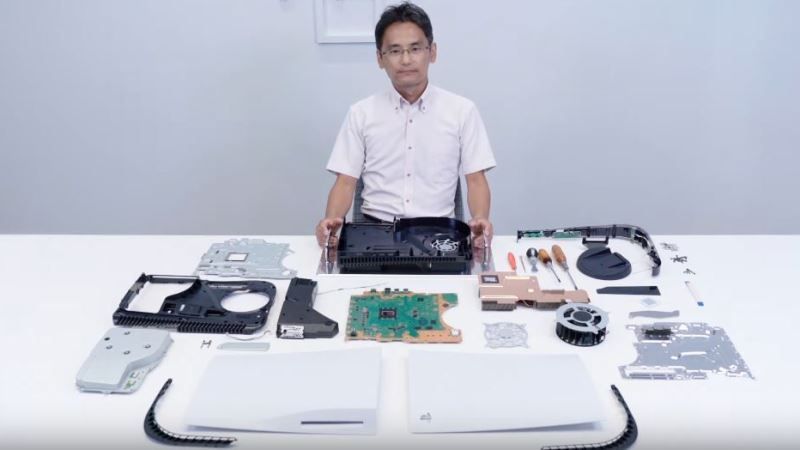New details were revealed about the cooling system of PS5 which uses liquid metal.
There have been many Reports circulating since the beginning of this year that Sony’s next-generation console PS5 would use an unusually expensive cooling system, and the recent details released by the company itself on the console hardware have certainly been in line with these early rumors.
In fact, Sony recently talked about how the drive to cut costs was one of the reasons they decided to use one large fan in the PS5 instead of two. Similarly, the company took into account the actual costs even when it made some particular decisions in other areas of the platform, such as the cooling system, as explained by Yasuhiro Otori, head of the mechanical and thermal design team of PlayStation 5, in a recent interview granted to 4Gamer.
The liquid metal cooling of the PS5, in fact, was chosen for the console to reduce the overall cost of the cooling system. While the liquid metal thermal interface material alone is certainly an expensive choice, it has proven effective to the point of allowing Sony to use cheaper components elsewhere.
“The main reason is cost,” Otori said in the interview. “The standard for thermal design is to spend money near the heat source. As an analogy to general thermal design, let’s say you have a system cooling structure that costs 10 yen for a TIM and 1000 yen for a heat sink. If you change to a TIM of 100 yen here, you can get the same cooling effect even if you use a heat sink of 500 yen. In other words, the total cost can be reduced.”
According to the statements released by Otori, the coolant would have led to some difficulties in the production process of the platforms, which is why Sony would have spent about two years to find the best solution to use it, obviously taking into account the numerous risks.
Furthermore, in the course of the same interview, Otori confirmed that Sony plans to continue improving and tweaking the fan and PlayStation 5 even after the console’s launch, through some firmware updates.


